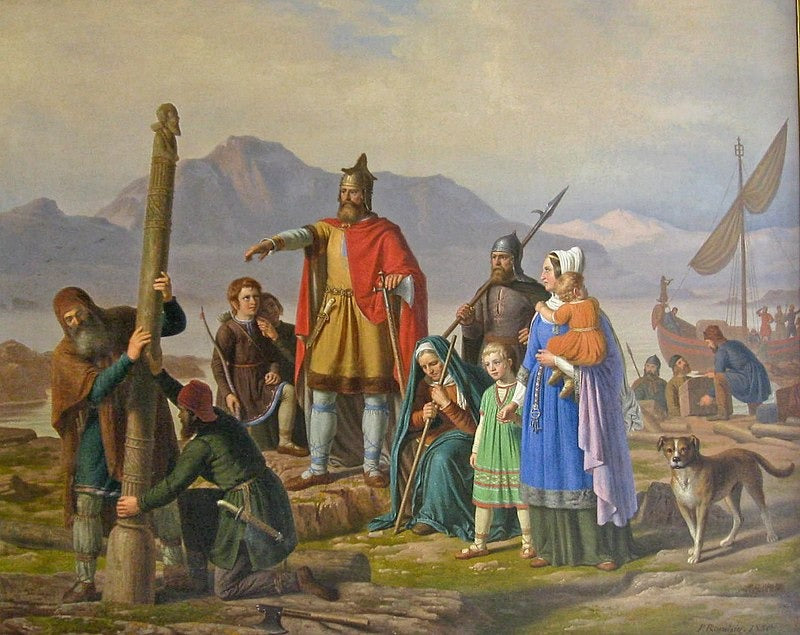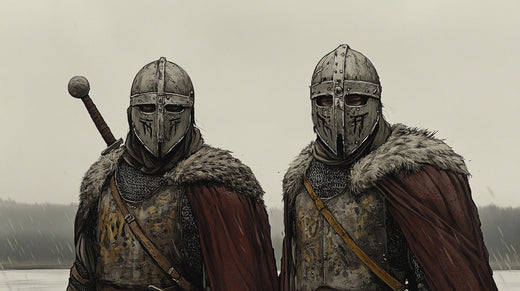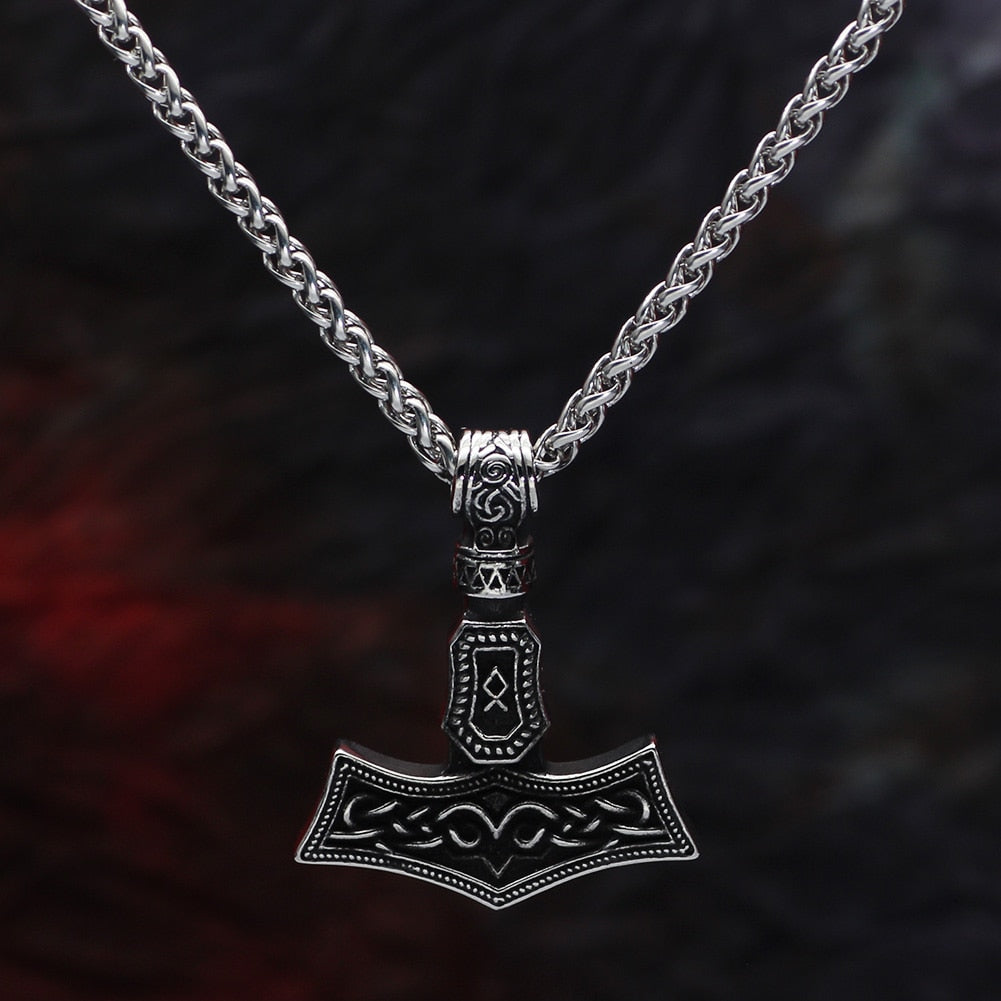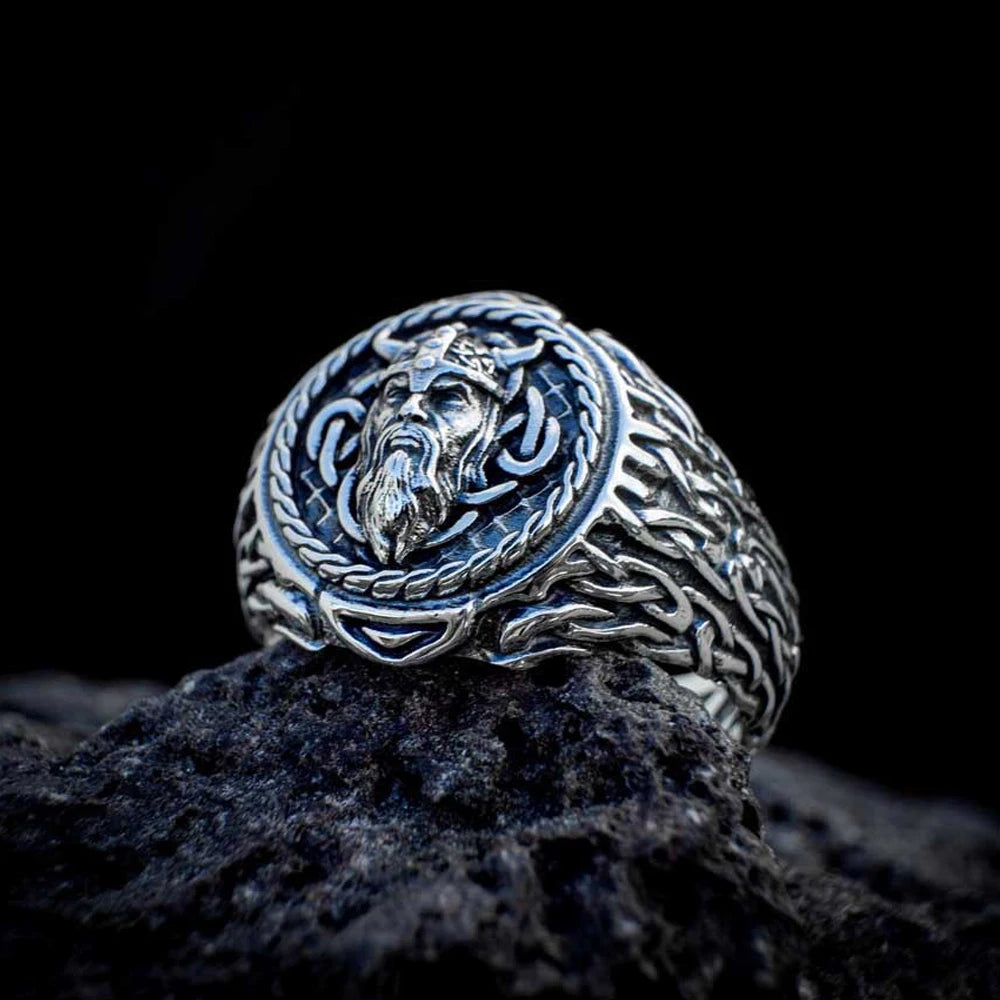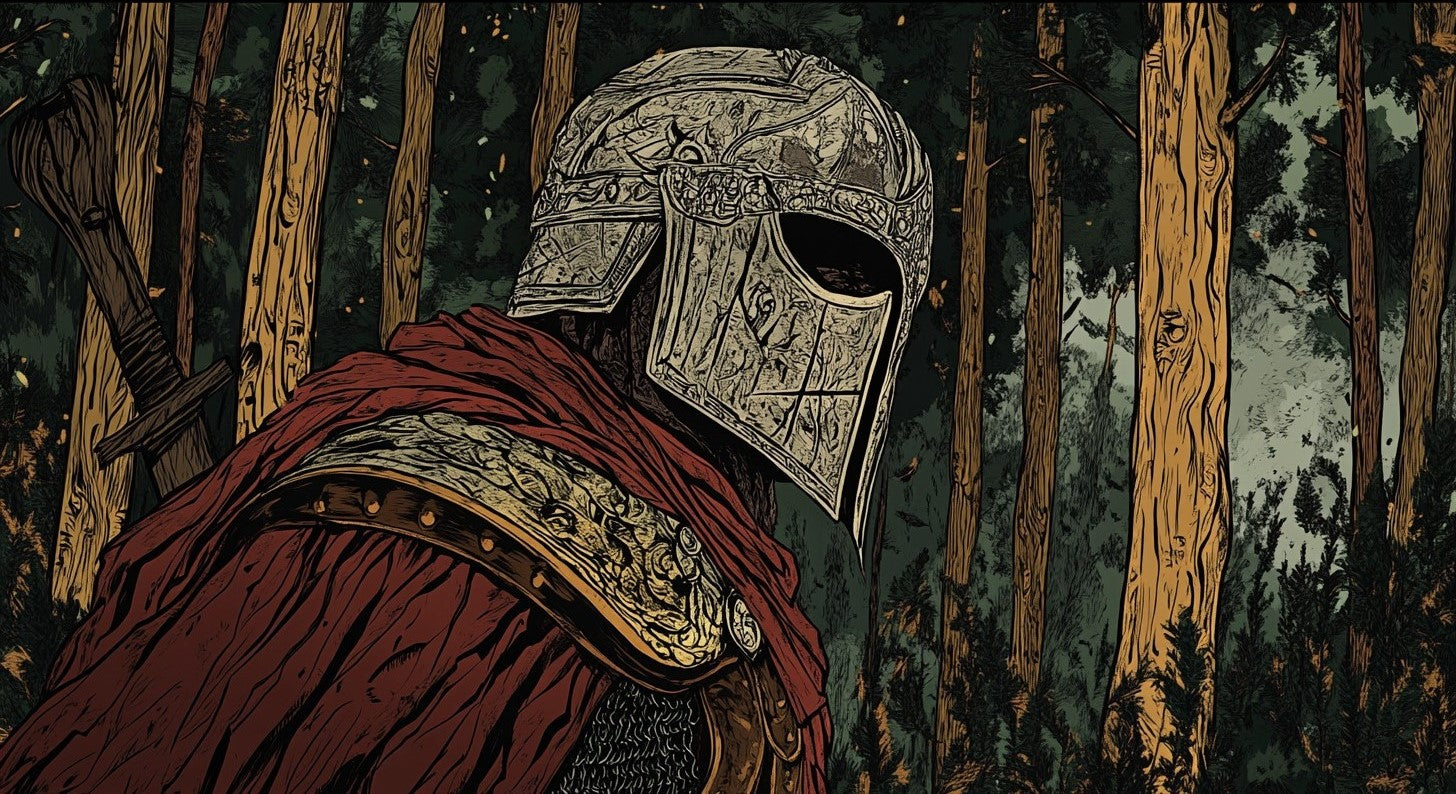
Theodoric the Great: Bridging Roman and Gothic Worlds
Theodoric the Great (454-526 CE), known to his contemporaries as Flāvius Theodoricus, emerged as one of the most significant figures in post-Roman Western Europe. As king of the Ostrogoths and ruler of Italy, he established a kingdom that represented a unique fusion of Roman administrative tradition and Gothic military might. His 33-year reign marked a period of remarkable stability and cultural flourishing in Italy, earning him recognition as one of the most successful "barbarian" rulers of the post-Roman world.
Early Life and Formation: Military Apprenticeship, Conquest of Italy

A unique coin featuring Flavius Theodoricus (Theodoric the Great).. Currently housed in Palazzo Massimo, Rome, this piece is part of Francesco Gnecchi's numismatic collection. (Photo: archeoroma.beniculturali.it. CC BY 3.0)
Born into the noble Amal dynasty of the Ostrogoths in 454 CE, Theodoric spent his formative years as a hostage at the Byzantine court in Constantinople. This decade-long stay proved instrumental in shaping his future policies and governance style. Under Emperor Leo I's supervision, young Theodoric received an education in Roman administration, military tactics, and statecraft, though historical sources suggest he never learned to write.
Upon returning to his people in 472 CE, Theodoric quickly demonstrated his military prowess. Leading Gothic forces at age eighteen, he conducted successful campaigns against the Sarmatians and other rival groups, establishing himself as a capable military commander. His early victories strengthened his position within the Gothic nobility and caught the attention of the Byzantine Empire.
In 488 CE, Emperor Zeno commissioned Theodoric to invade Italy, then under the control of Odoacer. The campaign, lasting from 488 to 493 CE, culminated in a negotiated settlement followed by Theodoric's infamous assassination of Odoacer at a reconciliation feast in Ravenna. This event marked the beginning of Ostrogothic rule in Italy.
Theodoric's governance system represented a sophisticated balance between Gothic military tradition and Roman administrative practice. He maintained the Roman administrative structure while positioning his Gothic followers as the military elite. This dual system allowed for the preservation of Roman institutions while ensuring Gothic military supremacy.
Governance, Administration, Religious Policy

Silver-inlaid bronze weight bearing Theodoric's name, issued in Rome by prefect Catulinus during his reign, 493–526. (Photo: PHGCOM, Wikicommons)
Theodoric's regime was marked by careful preservation of Roman administrative structures. He retained the Roman Senate, continued the operation of Roman courts for the Roman population, and maintained the efficient tax system. His famous declaration "Let the Goths be Romans in peace and Romans Goths in war" encapsulated his policy of cultural cooperation.
Despite being an Arian Christian himself, Theodoric maintained a remarkably tolerant religious policy. He protected Jewish communities, maintained peaceful relations with the Catholic Church, and generally avoided religious persecution. This tolerance contributed significantly to the stability of his realm.
Cultural Achievement, Architectural Contributions, Final Years and Historical Impact
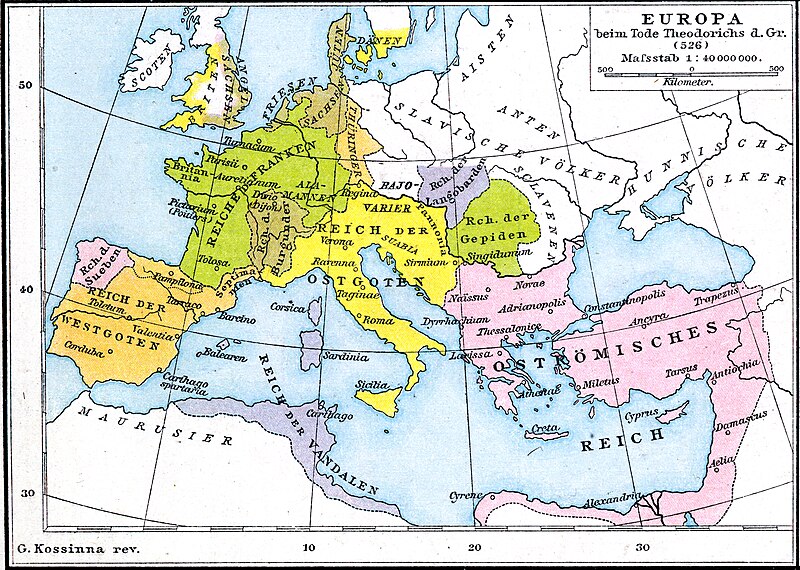
Territory (in yellow) of the Ostrogothic Kingdom by Theodric's death in 526 AD (Illustration: Droysen/Andrée)
Under Theodoric's patronage, Ravenna experienced a remarkable building program. The Mausoleum of Theodoric, still standing today, represents one of the finest examples of Ostrogothic architecture. His palace complex and the Basilica of Sant'Apollinare Nuovo showcase the unique blend of Roman and Gothic artistic traditions.
Theodoric's court attracted notable intellectuals including Boethius and Cassiodorus. Their works, particularly Cassiodorus's "Variae," provide invaluable insights into Theodoric's governance and the cultural life of his kingdom. This literary activity helped preserve classical learning during a period of significant transition.
Theodoric's final years were marked by growing tensions between Goths and Romans, exacerbated by increased religious conflict and succession concerns. The execution of Boethius in 524 CE marked a dark chapter in his reign. However, his death in 526 CE ended an era of remarkable stability and cultural achievement in post-Roman Italy.
Theodoric the Great's reign represents one of the most successful attempts at creating a sustainable post-Roman political order. His ability to balance Gothic and Roman elements, maintain relative peace and prosperity, and foster cultural achievement established a model for subsequent medieval kingdoms.
Bronze statue of Theodoric the Great, crafted by Peter Vischer the Elder (1512–13), part of Emperor Maximilian I's monument in the Court Church, Innsbruck. (Photo: James Steakley CC BY-SA 3.0)

History of the Goths - Herwig Wolfram
Frequently Asked Questions (FAQs)
1. Why is Theodoric called "the Great"?
For his exceptional achievements in uniting Gothic military power with Roman administration, bringing three decades of peace and prosperity to Italy, and fostering significant cultural developments.
2. How did Theodoric maintain peace between Goths and Romans?
Through a dual system where Goths served as the military class while Romans maintained civil administration, with separate legal systems for each group.
3. What was Theodoric's relationship with the Byzantine Empire?
Initially close as a hostage-turned-ally, he ruled Italy as a nominal Byzantine representative but operated independently in practice.
4. Why did Theodoric execute Boethius?
For alleged treason in 524 CE, suspecting him of conspiring with Constantinople against Gothic rule in Italy.
5. What is Theodoric's lasting legacy in European history?
His successful model of post-Roman governance, architectural achievements in Ravenna, and preservation of classical learning through his patronage of scholars.
References
Wolfram, Herwig. "History of the Goths" (1988)
Burns, Thomas S. "A History of the Ostrogoths" (1984)
Moorhead, John. "Theoderic in Italy" (1992)
Cassiodorus. "Variae"
Procopius. "The Gothic War"
